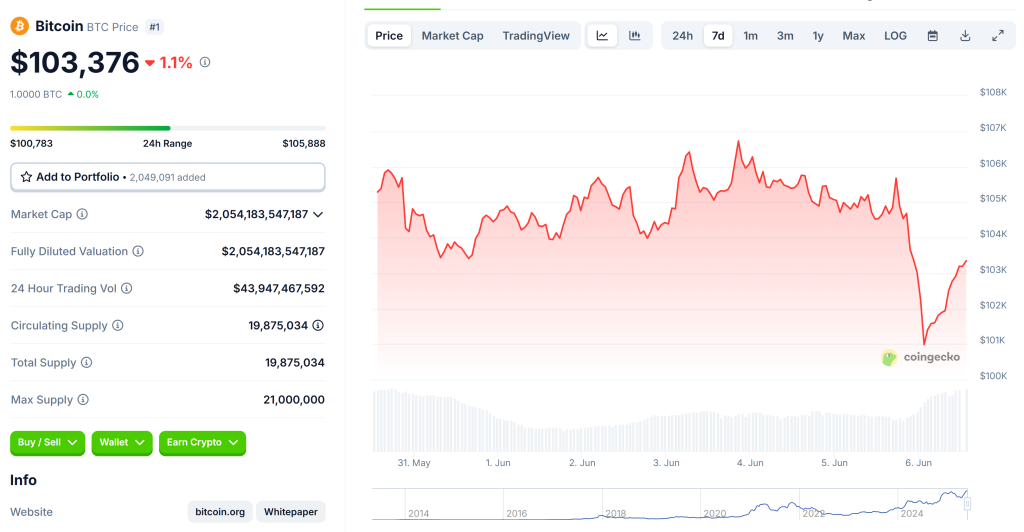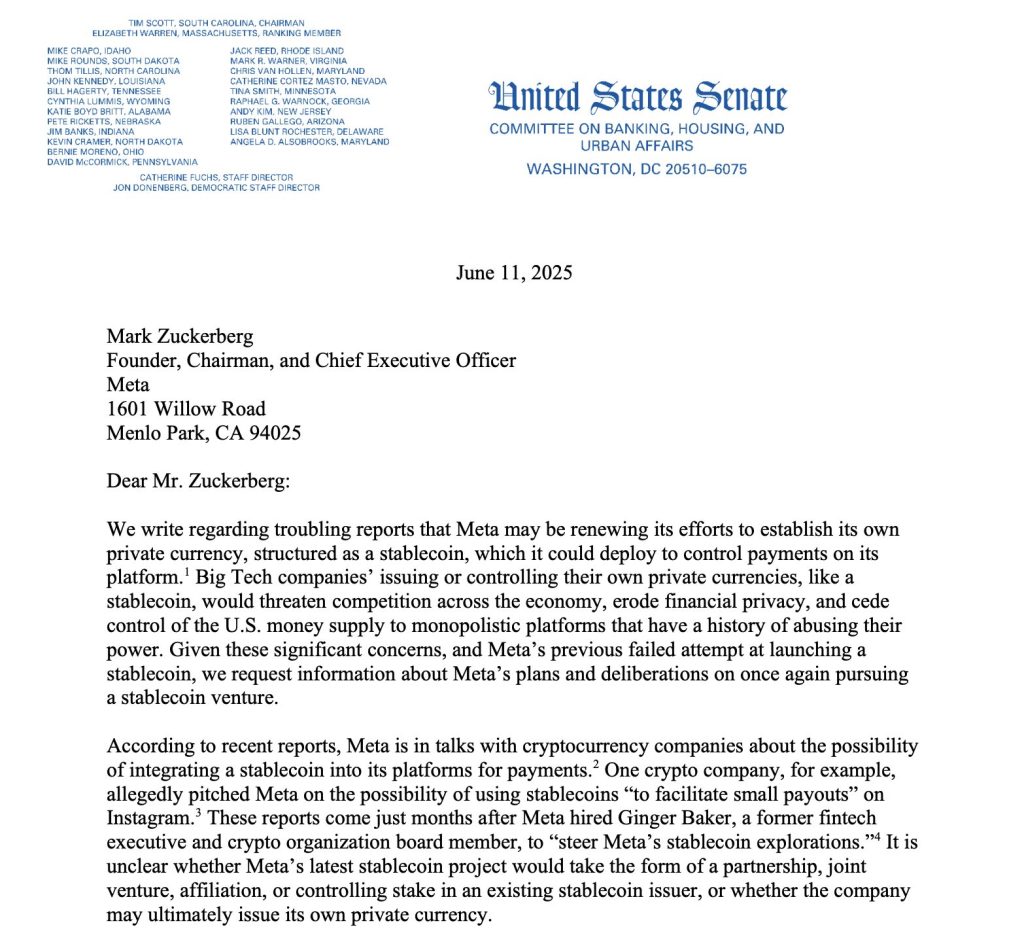As World Mental Health Day approaches on Tuesday, the statistics facing employers are startling: According to a study by Mental Health America, 83% of employees feel emotionally drained from their work, and another 90% say workplace stress affects their mental health.
Three years after the emergence of COVID and the increased spotlight on employee mental health, most employers understand the many workplace risks associated with deteriorating mental health and are spending more each year to help confront the issue. However, if that spending is scattershot, without clarity on what solutions will make the biggest impact, employers will miss out on a significant return on investment, experts say.
Employers that effectively strategize for meeting the mental health needs of their workforce see benefits, including a $5.30 return for every $1 spent on employee mental health, according to mental health expert Dr. Thomas Young, co-founder and CEO of Proem Behavioral Health.
Related: 7 ways to (effectively) address mental health in the workplace
Young urges HR leaders to focus their attention and investments on four particular offerings that he says most effectively address the mental health challenges of the modern workforce. In doing so, employers can strengthen productivity, reduce turnover and, ultimately, improve their ROI for mental health spending.
Eighty-five percent of employees want their employers to build an environment that encourages open dialogue about mental health challenges, Young said, noting that this may require culture change. Forming virtual or in-person peer support groups is one way to create such a culture.
“Peer support groups are a critical item in workplace mental health,” Young says. He notes that scores of studies indicate “that people get better, faster in groups.”
That’s likely because interacting in groups is part of the DNA of humans, who are used to living in communities and, in a sense, are pack animals, he notes.
Peer support groups take advantage of this reality, allowing workers to tackle mental health issues together, Young says. Consider organizing employees into support groups based on department, teams, job type or even similar start dates.
Virtual mental healthcare
Other forms of virtual care, including virtual life coaches, can be equally impactful, Young said. Since the start of the pandemic, for example, employees’ use of telehealth therapists has risen sharply, as has the use of virtual care apps for stress and anxiety, such as meditation tools.
He also notes it’s important for employers to offer employees the technology that enables them and their family members to receive virtual mental health support in seconds.
Technology-enabled EAPs
Employee assistance programs are underutilized, with less than 13% of workers utilizing them, Young says. But it doesn’t have to be that way, Young says, citing the potential of technology to improve EAP engagement.
A number of factors contribute to that, including a resistance to vulnerability. For example, if he asks patients if they feel depressed or suicidal, only 5% will say yes. However, if the same patients use a digital therapeutic intervention solution, such as virtual reality cognitive behavior therapy, 85% are likely to self-report depression or feelings of suicide, he says.
This type of digital product can supplement a traditional EAP, he says.
“You need to provide products and services digitally that employees can access on their own and can get responses,” Young says. “The technology should be able to help you with that behavior change.”
Manager training
Managers are on the frontlines when it comes to monitoring employee mental health, yet many lack formal training. According to Young, just 44% of employers provide general mental health awareness training, such as identifying depression or signs of suicide and knowing how to intervene in behavioral issues. However, 30% of employers are planning or considering taking some steps this year and next.
HR leaders should provide managers with interactive video training sessions rather than handing them a booklet to read, since it’s not likely they will read it, warns Young.
Managers should learn to hold mental wellness discussions with their teams and how to connect employees to resources, he says.
“When you have a disease like cancer, you can see it and you can treat it. But with mental health, you can’t see it or really test for it and, therefore, people never talk about it,” Young says. “So, by the very nature of the way we talk about mental health, it’s a problem.”
Credit: Source link










